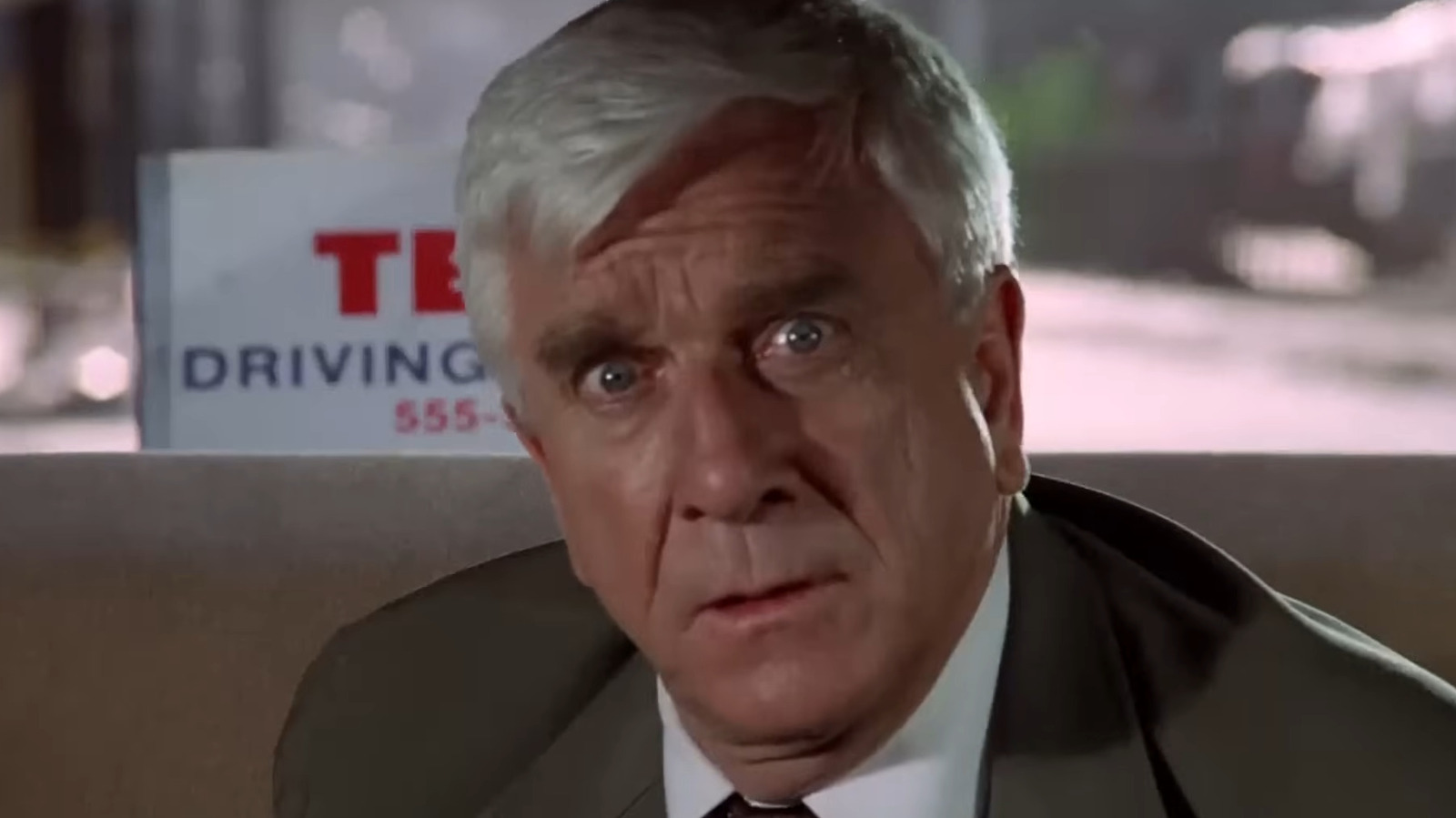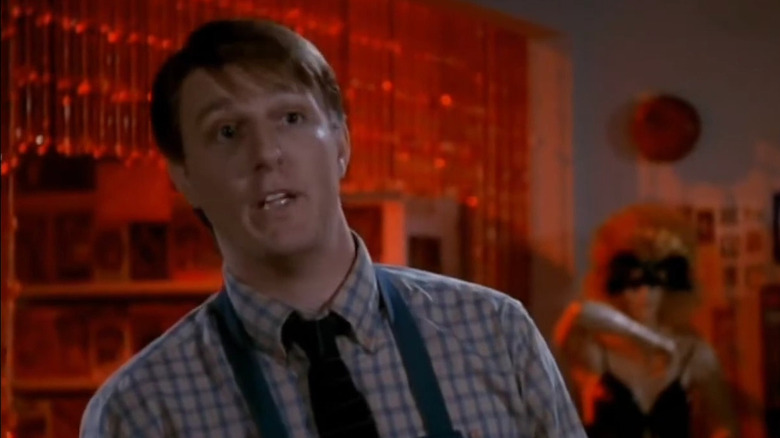the film happens to have a noteworthy score or soundtrack that I simply just want to hear again. There’s also the matter of a movie making you feel so much that leaving once it’s done feels nearly impossible.
The contemporary excuse for watching the credits has come down to post-credits scenes that are either a quick joke or a set-up for another movie. Audiences have been conditioned over the past two decades, especially, to sit in their seats through 10 minutes of names like pets waiting for a treat that may or may not even be there. In some ways, these tidbits have made movies feel like homework because no one wants to leave and discover later on that an important scene for the next one was hiding after the movie ended. Some of the best reasons to stay for the end credits mostly have to do with aspects that act as a closing celebration of what you just saw, and the people who came made it happen.
We rarely make widely distributed studio comedies anymore, so it’s natural that the blooper reels have become a rare special occasion. Watching actors slip up their lines or fall down during a stunt sequence is a beloved cinematic pastime whose return could potentially heal our fractured country. You’re only really staying to honor the names if you’ve either worked on the film or know someone who did. If there were ever a movie that gave audiences the best incentive to stay put and read all those credits, it’s the “Naked Gun” trilogy.
Adding a whole bunch of jokes hidden within the credits is nothing new, but all three spoof movies take full advantage of that concept. Think of how many average moviegoers now know what the responsibilities of a grip are because they learned it from “The Naked Gun 2 ½: The Smell of Fear,” or what various species went extinct during the filming of “The Naked Gun 33 ⅓: The Final Insult.” For all of the textual gags hidden within these names, one of their coolest contributions is crediting extras and other one-line wonders in a manner no one else really does.



